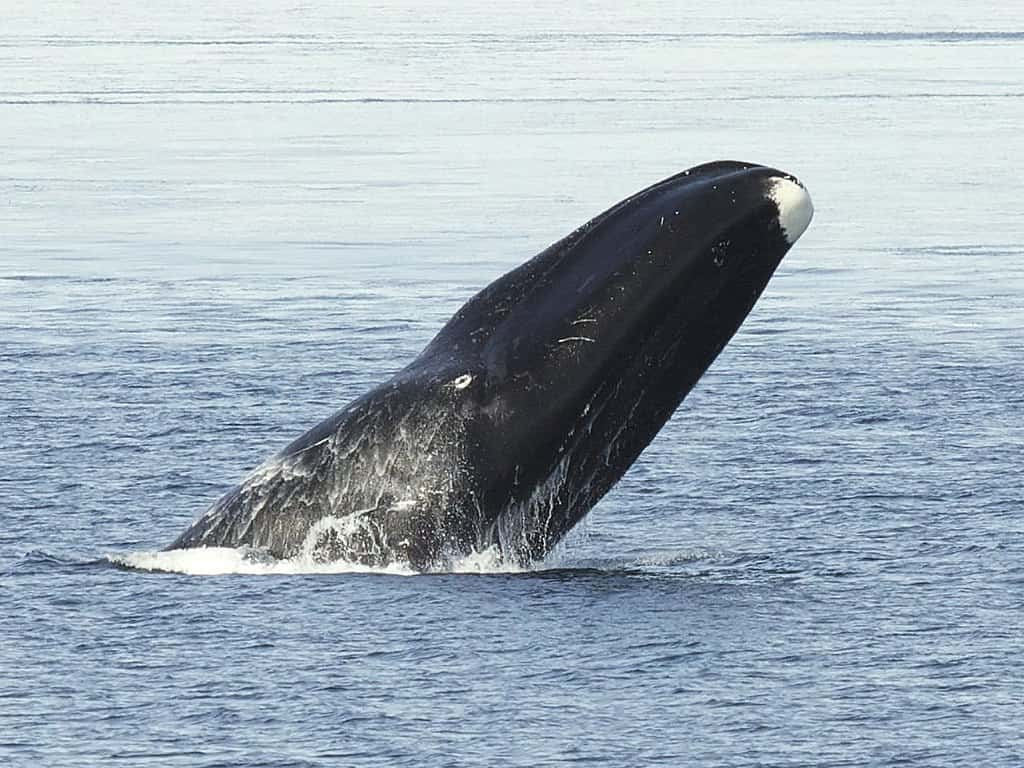In the remote Arctic region, bowhead whales (Balaena mysticetus) have captivated scientists with their extraordinary longevity. These immense marine creatures are some of the longest-living mammals — and it could be thanks to molecular adaptations relevant to age-related diseases.

Researchers from the University of Rochester in New York found that whales are very good at repairing damaged DNA. This means the animal can fix damage that would lead to eventually cancer. Other animals such as elephants have been found to use biological strategies to avoid cancer but the whales’ approach seems quite unique.
“By studying a mammal capable of maintaining its health and avoiding death from cancer for over 2 centuries, we are offered a unique glimpse behind the curtain of a global evolutionary experiment that tested more mechanisms affecting cancer and aging than humans could ever hope to approach,” the researchers wrote in the paper.
A cancer paradox
Cancer is characterized by uncontrolled cell division and the formation of tumors due to genetic mutations. You’d expect it, therefore, to be more prevalent in larger animals with a greater number of cells, particularly over their extended lifespans. However, the British statistician Richard Peto noticed in the late 1970s that this wasn’t the case.
Peto’s paradox mentions that giant whales exhibit relatively low rates of cancer despite their body size. This paradox highlights that even though large and long-lived animals have a large number of cells compared to humans or smaller organisms, they don’t experience a proportional increase in cancer incidence.
Subsequent studies have further confirmed this observation. In other words, more cells don’t necessarily mean more cancer, which is surprising. In particular, whales exhibit a surprisingly low occurrence of cancer despite their massive size. Now, a new study offers an explanation.
Fixing DNA
Researchers carried out several laboratory experiments on bowhead whale cells. They found that the whale cells possess a superior ability to repair DNA damage when compared to cells from humans, mice, and cows. These creatures have evolved a unique and highly efficient mechanism to combat DNA damage. This allows them to endure and recover from hits to their genomes.
Moreover, the study found that bowhead whale cells exhibit significantly higher production levels of a crucial DNA repair protein called CIRBP. Intriguingly, when human cells cultured in the lab were genetically modified to produce elevated amounts of CIRBP, their capacity to repair DNA was enhanced. This suggests that this could translate to human treatments somewhere down the line, but more research is needed.
The findings shed light on the extraordinary genetic adaptations of bowhead whales, providing insight into the mechanisms behind their exceptional DNA repair proficiency and the potential applications for advancing DNA repair research in other organisms, including humans. There’s indeed a lot to learn from whales and their long life spans.
The study is available as a preprint paper in bioRxiv.






